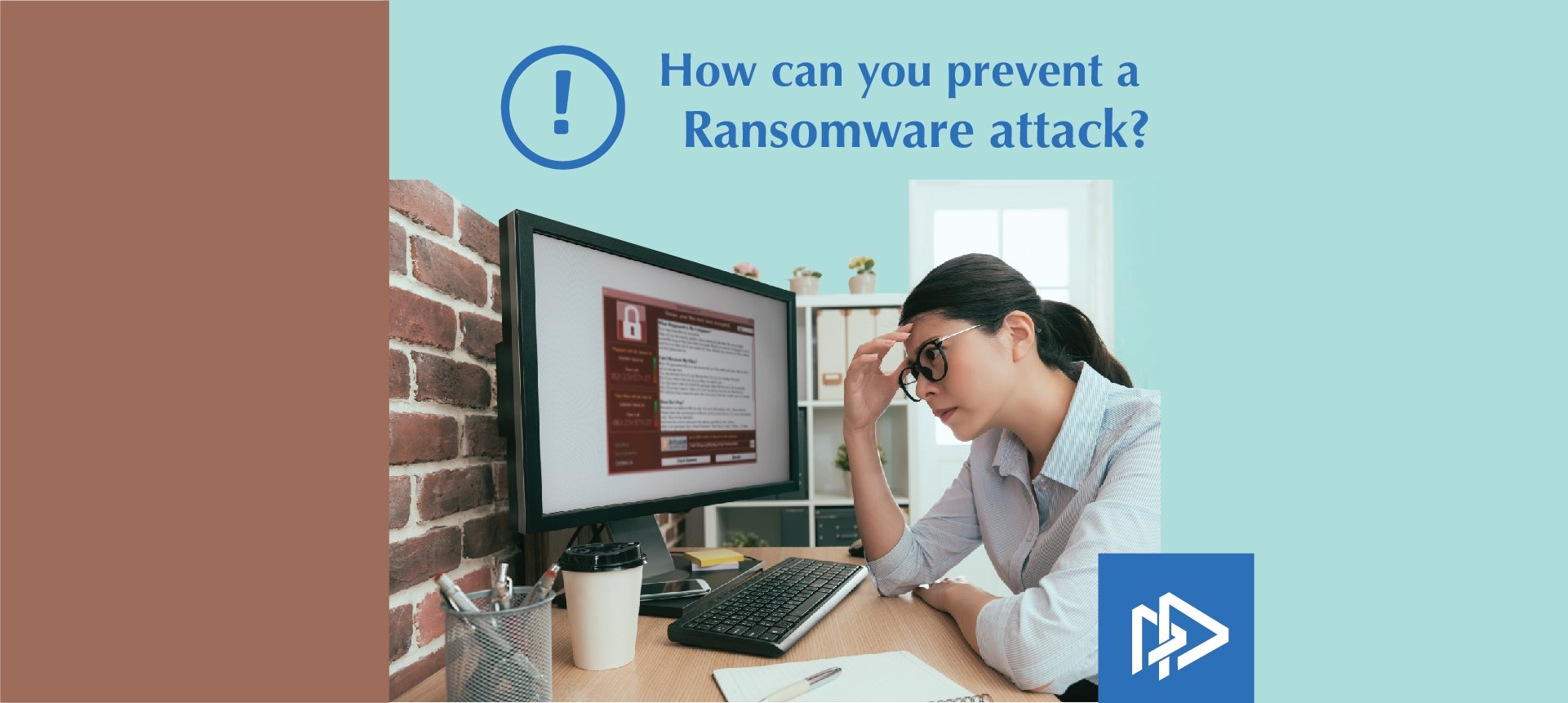BAM! The worst-case scenario just happened to your business and you need to act fast!
HOW CAN YOU PREVENT A RANSOMWARE ATTACK?
Ransomware is the digital version of extortion. It’s as simple as that. It uses age-old tactics to carry out modern crimes. Beneath its technological guise lies the familiar, criminal attempt to make you hand over your money through threats and force.
10 Simple tips to protect your data from ransomware
1. BACK UP YOUR FILES REGULARLY.
The only way to ensure that you can immediately handle a ransomware attack is to implement a regular backup schedule so that your company can get access to the files it needs without dealing with the cybercriminals.
Your backup should have certain restrictions, such as read/write permissions that don’t allow for an opportunity to modify or delete the files.
2. CHECK YOUR BACKUPS.
There are times when something can go wrong in the system, and suddenly, your files get damaged or corrupted.
Be sure to check regularly that your backups are in good shape.
3. PROTECT AGAINST PHISHING ATTACKS.
Cybercriminals often distribute fake email messages that look like an official message from a vendor or bank, luring a user to click on a malicious link and download malware.
Teach employees that they must never open attachments from an unknown sender or even suspicious attachments from a friend, as it is possible that they have been hacked.
5. ENABLE SHOW FILE EXTENSIONS OPTION IN THE WINDOWS SETTINGS.
This will make it much easier to identify potentially malicious files. Because Trojans are programs, employees should be warned to stay away from file extensions like “exe”, “vbs” and “scr.”
Scammers use various file extensions to disguise malicious files as videos, photos or documents.
6. REGULARLY UPDATE YOUR OPERATING SYSTEM
Cybercriminals tend to exploit vulnerabilities in software to compromise entire systems. Updating regularly keeps your system ahead of the cybercriminals seeking out exploits.
7. USE A ROBUST ANTIVIRUS PROGRAM
Antivirus programs actively protect your system from ransomware in real-time.
8. CUT OFF YOUR INTERNET CONNECTION IMMEDIATELY.
If you discover ransomware, shut your internet connection right away.
If the ransomware did not manage to erase the encryption key from the computer(s) in question, then there is still a chance that you can restore your files.
9. DON’T PAY THE RANSOM.
If your files become encrypted, we do not recommend paying the ransom unless instant access to some of your files is critical. Each payment made enables the criminals to continue in their illegal activity and build new strains of ransomware.
10. TRY TO IDENTIFY THE MALWARE
If you are hit by ransomware, try to find out the name of the malware.
Older versions of ransomware have vulnerabilities of their own, so workarounds might be possible to restore the files.
Also, some victims are able to decrypt the files themselves without the need to pay the ransom first
Movaci Vulnerability Assessment – We investigate and strengthen where your security system is at its weakest.
To take advantage of this service and other security offers, please contact us at Vulnerability Assessment – Movaci




